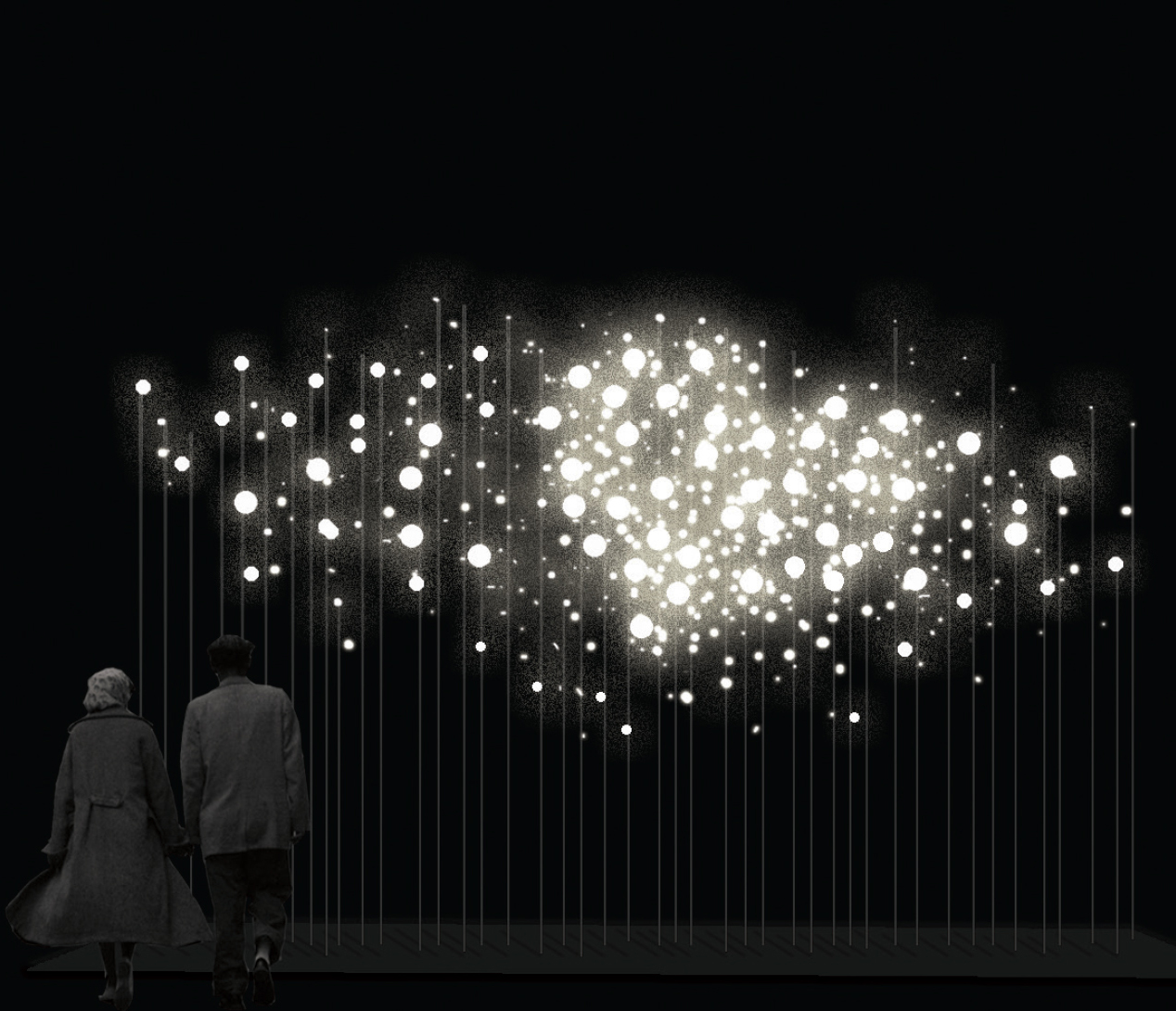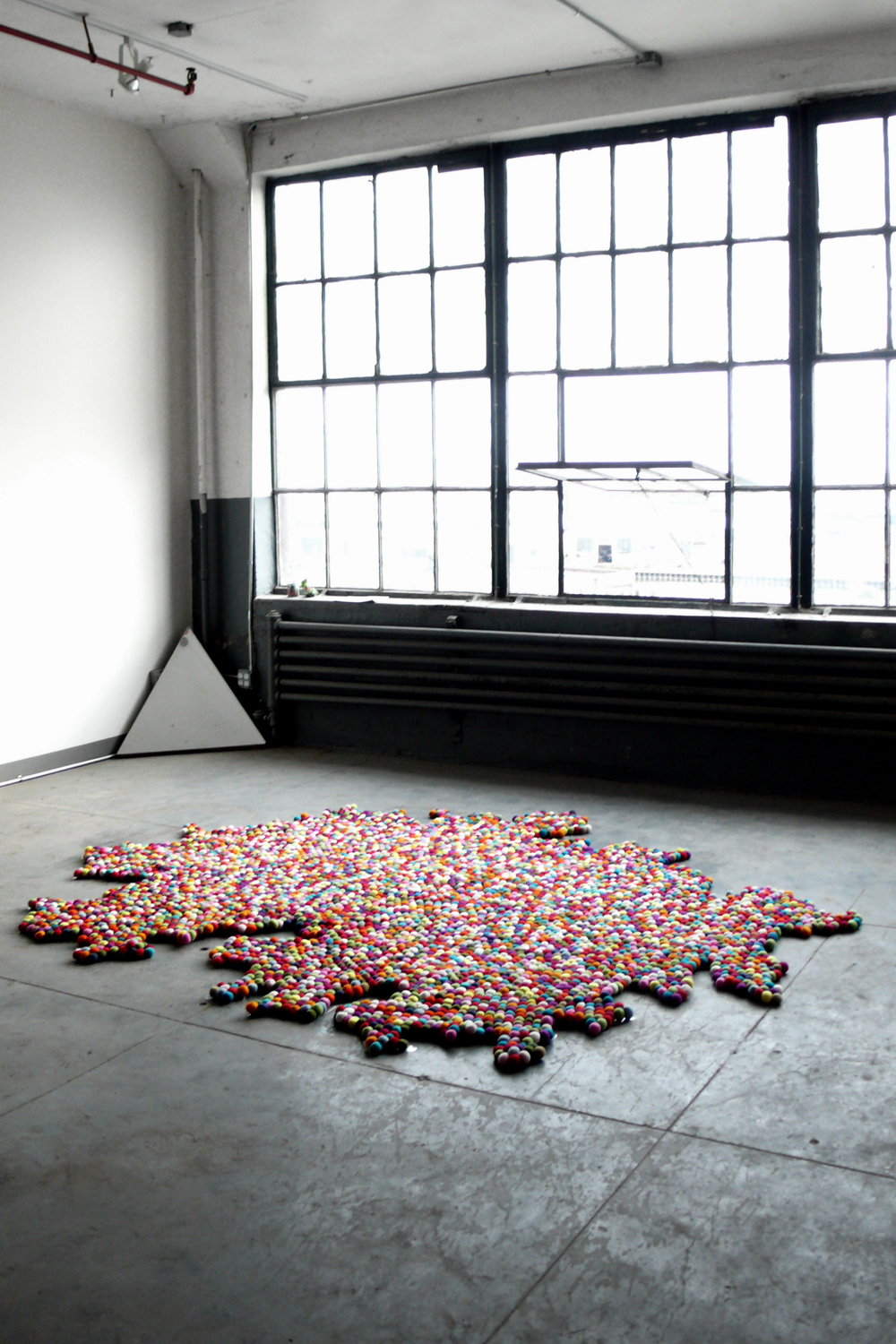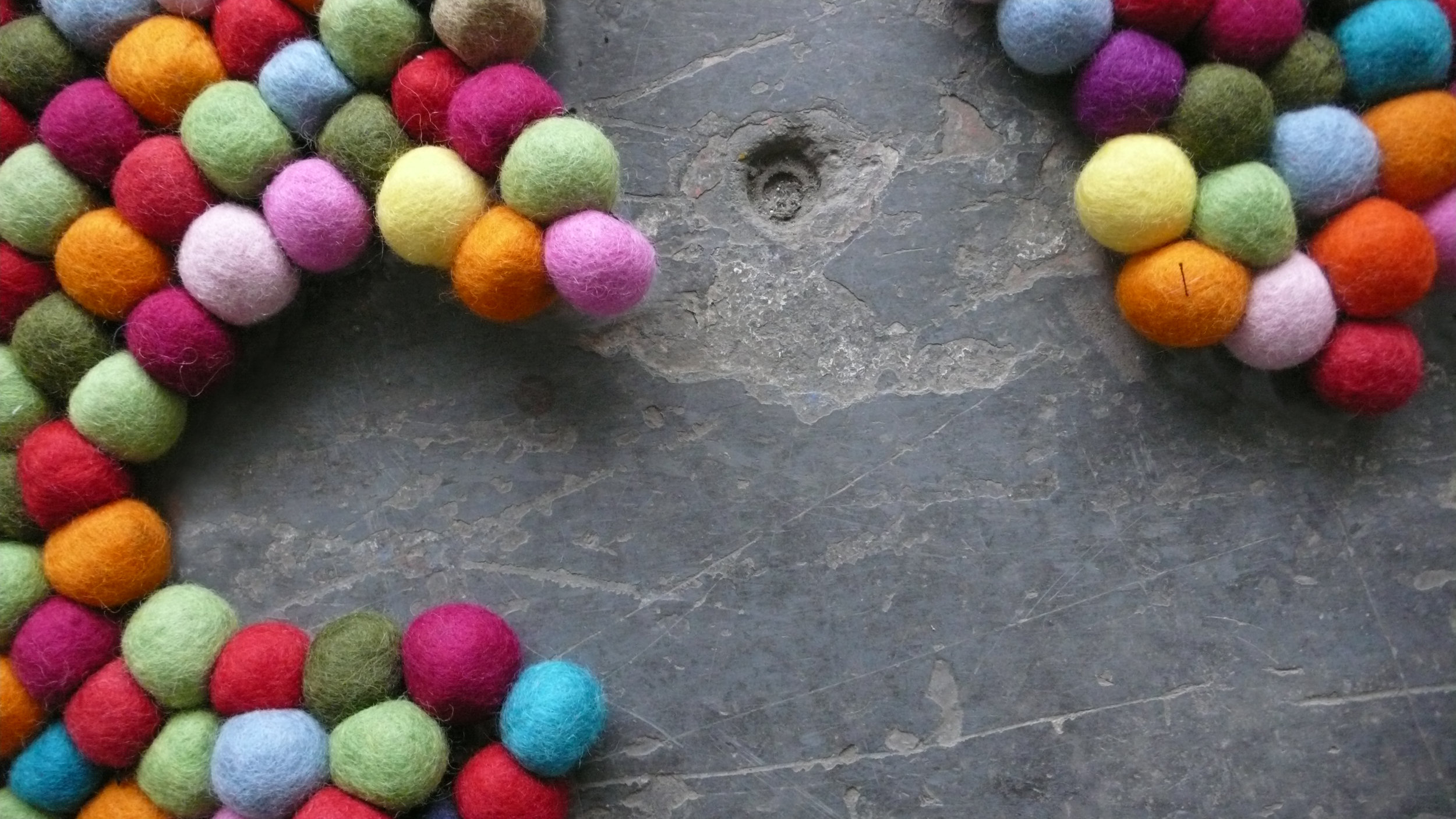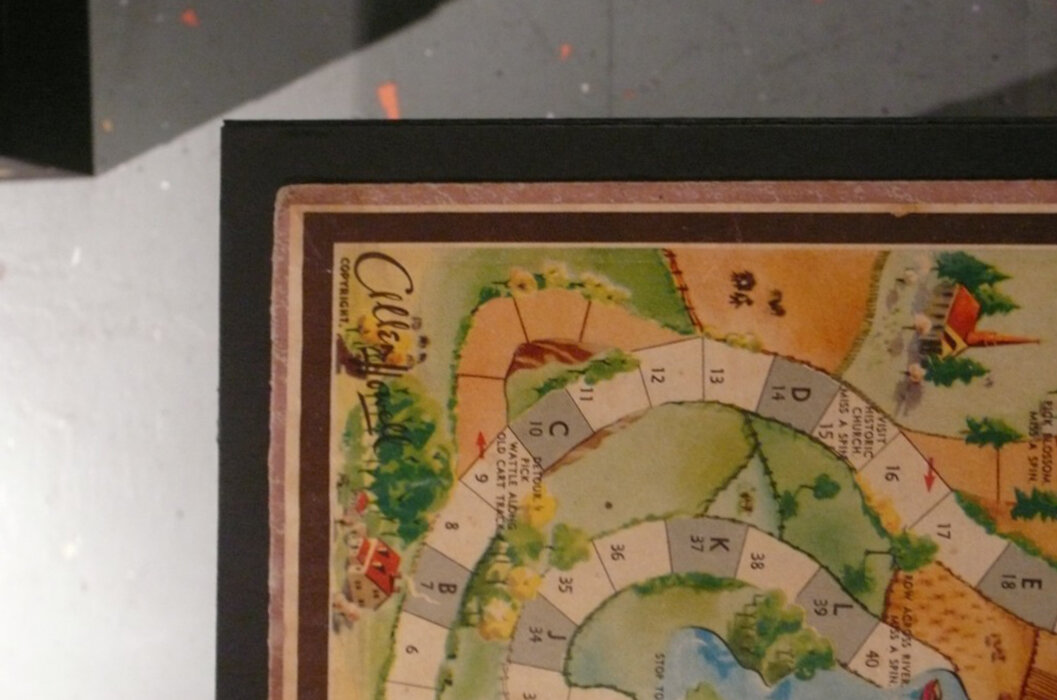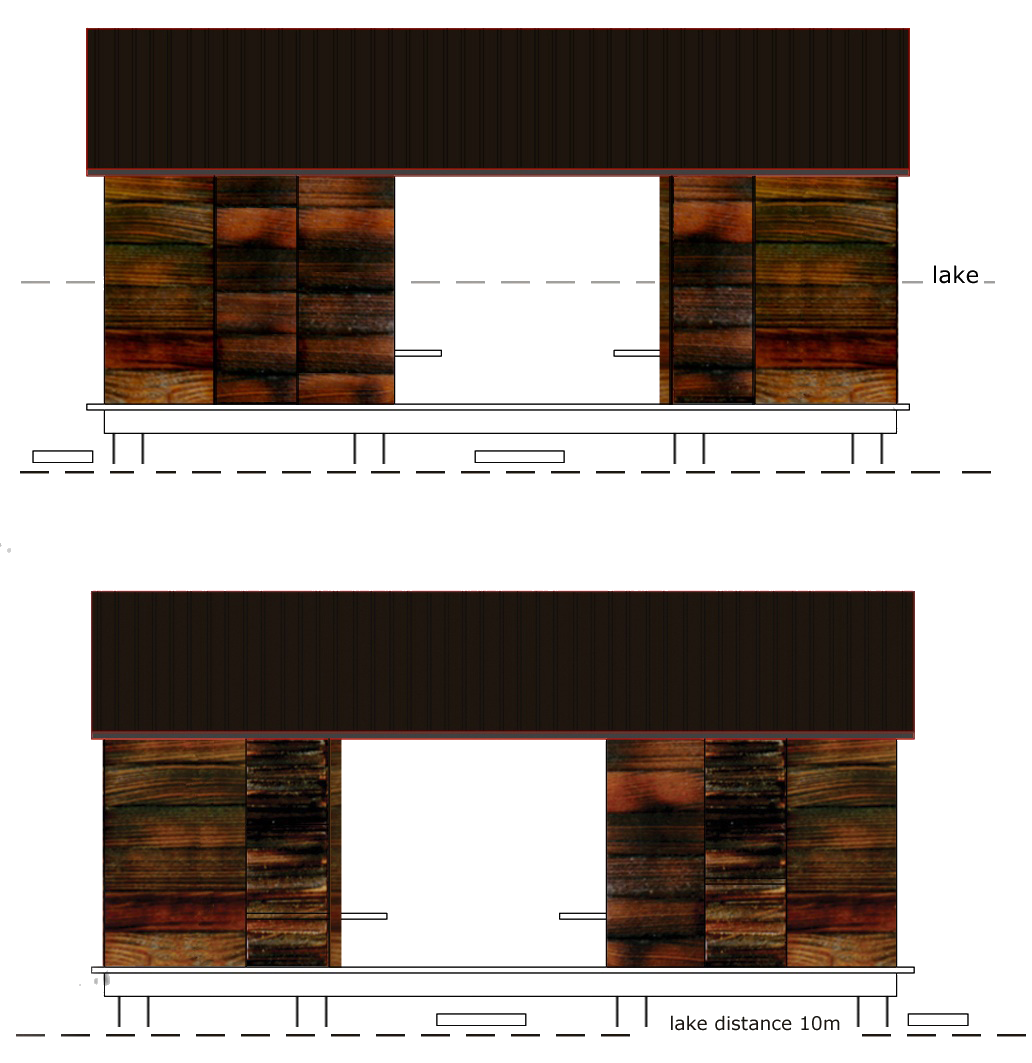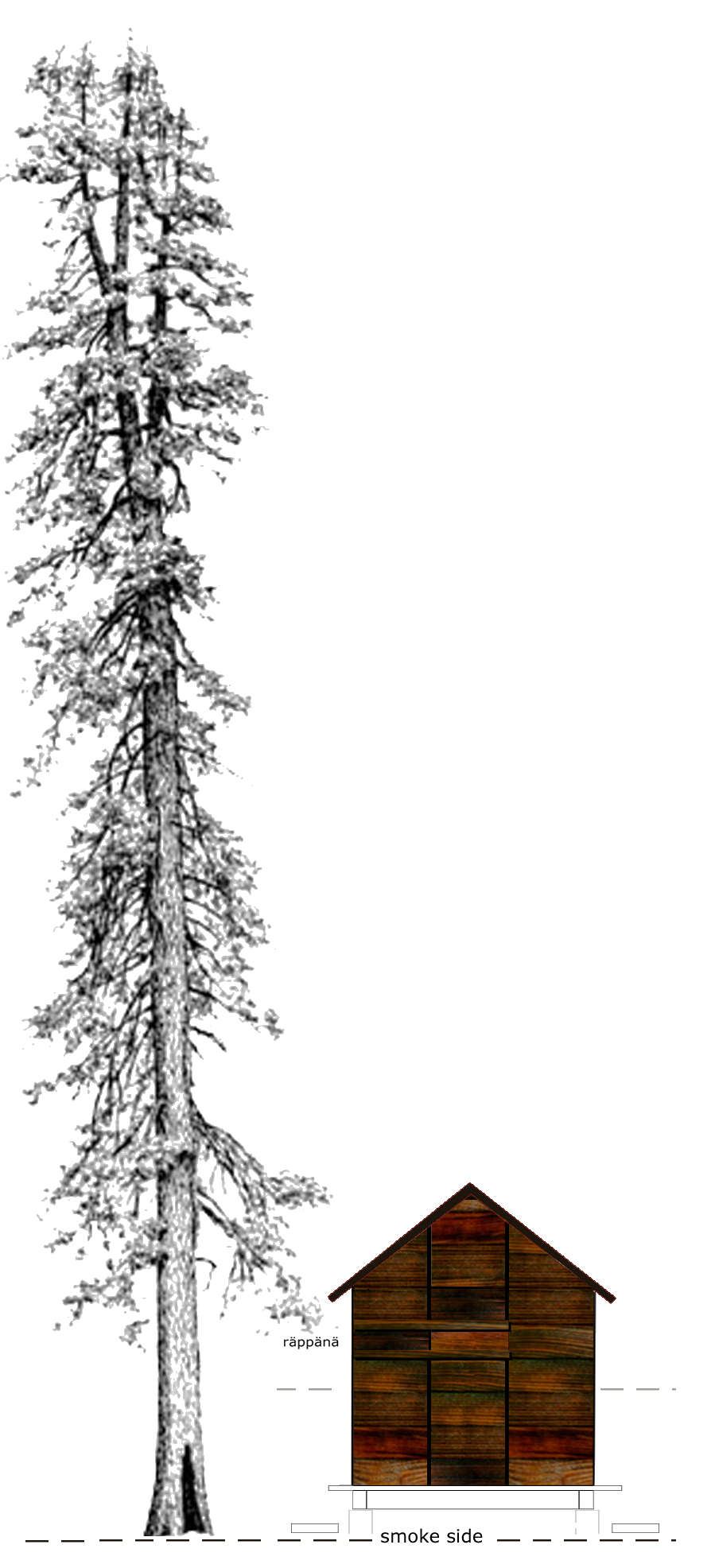TIMES SQUARE HEART · NYC
Nathalie Pozzi
NYC Heart is a playful light installation proposed for New York City’s annual Valentine’s Day celebration.
The work invites Times Square visitors to step within a cloud of hovering lights – mounted on 600 thin steel poles - and experience, for a short moment, a comforting, human-scaled moment of play.
The design gives a nod to the transient nature of Times Square and the blurriness of light and love.
Proposal for New York’s annual Valentine’s Day celebration
Lead Designer
Nakworks
with
LoT
Game/Interaction Designer
Eric Zimmerman
Status
Shortlisted proposal
Location
Times Square, New York City
Year
2012


